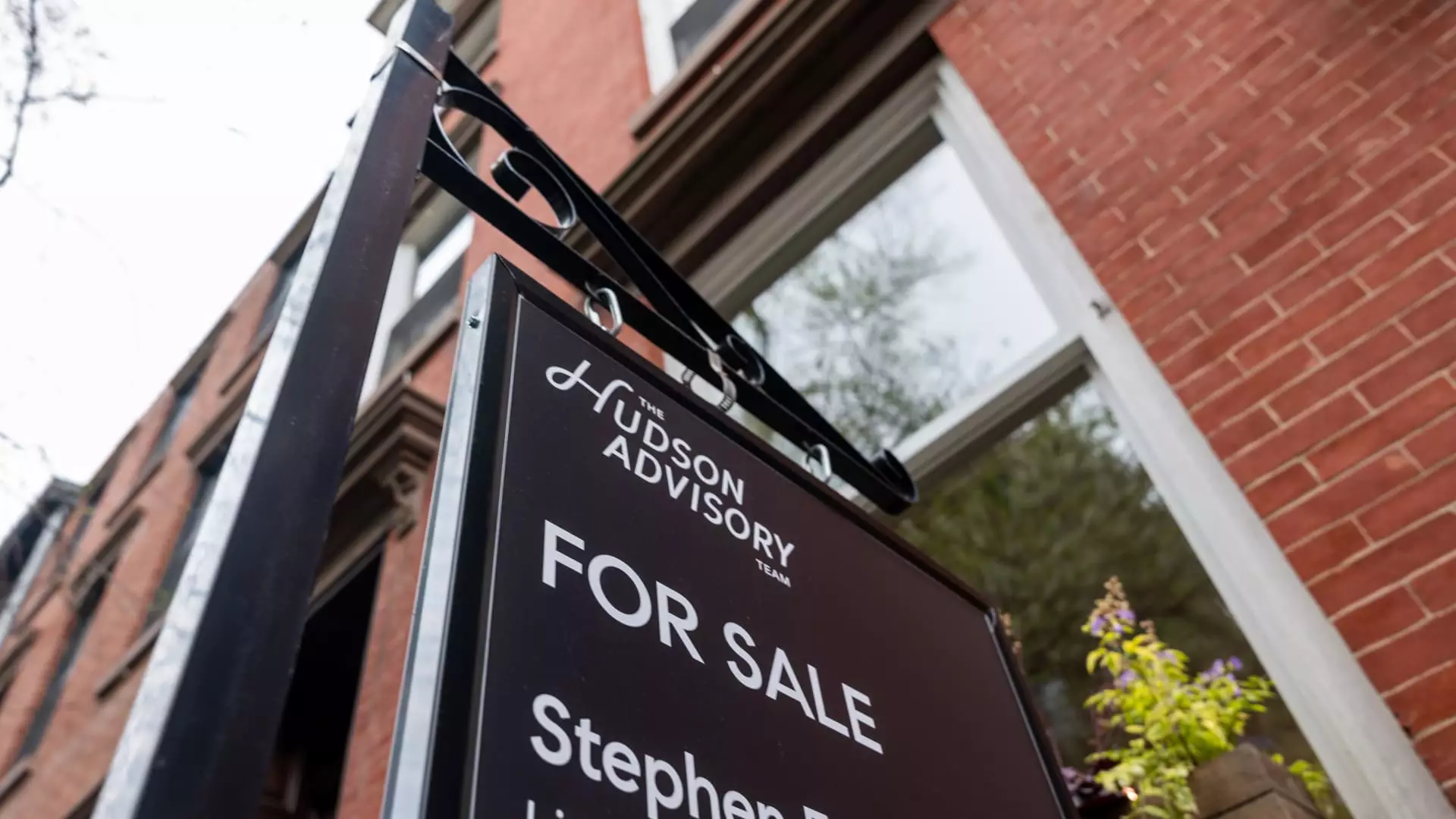In a stunning twist, mortgage rates have soared to 7.1%, marking the most significant jump since mid-February and sending shockwaves through the housing market. This troubling development is exacerbated by a week filled with volatility as international economic policies sway the bond market. The rapid increase in the benchmark 30-year fixed mortgage rate is not just a statistic—it represents a perilous tipping point for countless potential homeowners. It becomes all too evident: the dream of homeownership is rapidly transitioning from an attainable goal to an elusive fantasy for many.
Tariffs and Their Economic Fallout
The turbulence in mortgage rates can be traced back to President Donald Trump’s recent decision to impose tariffs on a range of countries. Initially, bond yields spiked—a typical reaction to such economic shocks—but a subsequent reduction in the tariff rates provided a brief respite. However, the persistent 145% tariffs on Chinese imports linger ominously. These decisions create an unstable economic environment, fostering uncertainty that directly impacts consumer confidence and, by extension, the housing market. It’s as if homeowners are caught in a whirlwind of politically charged decisions, battling against forces far beyond their control.
Inflation: A Rising Tide of Fear
Compounding the mortgage crisis is the concerning rise in inflation expectations, which has surged to 6.7% in April from 5% the previous month, the most significant levels seen since 1981. This stark increase not only erodes purchasing power but serves as a harbinger of economic distress. The prospect of higher inflation leads lenders to increase mortgage rates in anticipation of more expensive borrowing costs down the line. This cascading effect leaves potential homebuyers in a precarious position, facing higher monthly payments and an increasingly daunting path to homeownership.
Consumer Sentiment Hits Rock Bottom
Another alarm bell for the economy is the steep decline in consumer sentiment, which has plummeted far below expectations. When consumers lack confidence, they withdraw from significant financial commitments like buying homes. After all, for many families, a home is their single largest investment. With rates at a staggering 7.1% and an increasingly unstable economy, it’s no wonder that consumer apprehension is at an all-time high. The trepidation surrounding mortgage rates acts as an anchor, stifling movement in the housing market during this critical spring season.
The Impact on Homeownership Dreams
The cumulative effect of these financial and political dynamics is not just theoretical; it has real consequences for millions aspiring to own their own homes. Children raised in the belief that hard work leads to homeownership now find themselves in a daunting economic landscape filled with uncertainty. As rates climb, many face the bitter reality of delayed home-buying, potential foreclosures, and the looming chances of never achieving their dream of a personal sanctuary.
It’s clear that the current state of mortgage rates is not just a reflection of market dynamics; it’s a bellwether for wider economic distress and social inequities. The anticipation of what lies ahead is saturated with a sense of trepidation, as the stability of the American dream hangs precariously in the balance.

